Which Gimbal Should I Buy ?
The choice of which gimbal to buy depends on your specific needs and preferences. Some popular options include the DJI Ronin-S, Zhiyun Crane 3 Lab, and Moza Air 2. It is recommended to consider factors such as payload capacity, stabilization performance, battery life, compatibility with your camera, and additional features like follow focus or remote control capabilities. Additionally, reading reviews and comparing prices can help you make an informed decision. Ultimately, the best gimbal for you will depend on your budget and the specific requirements of your filming projects.
1、 Types of Gimbals: Mechanical, electronic, or hybrid stabilization systems.
Which gimbal should I buy? Well, it depends on your specific needs and preferences. There are different types of gimbals available in the market, each with its own advantages and disadvantages. The three main types of gimbals are mechanical, electronic, and hybrid stabilization systems.
Mechanical gimbals use physical mechanisms to stabilize the camera. They often rely on counterweights and springs to minimize camera shake. Mechanical gimbals are generally more affordable and simpler in design, but they may not provide the same level of stabilization as electronic or hybrid gimbals.
Electronic gimbals, on the other hand, use sensors and motors to detect and counteract camera movements. They offer more precise stabilization and are capable of compensating for a wider range of motion. Electronic gimbals are popular among videographers and filmmakers for their smooth and professional-looking footage.
Hybrid gimbals combine both mechanical and electronic stabilization systems. They offer the best of both worlds, providing the stability of electronic gimbals while also offering the simplicity and affordability of mechanical gimbals. Hybrid gimbals are becoming increasingly popular as they provide a good balance between performance and cost.
When choosing a gimbal, consider factors such as the weight and size of your camera, the type of shots you want to capture, and your budget. Additionally, it's important to research and read reviews to find a reliable and well-regarded brand.
In terms of the latest point of view, electronic gimbals have seen significant advancements in recent years, with improved motors and sensors leading to even smoother stabilization. However, hybrid gimbals are also gaining traction as they offer a cost-effective solution without compromising on performance.
Ultimately, the choice of which gimbal to buy depends on your specific requirements and budget. It's always a good idea to try out different gimbals if possible or seek advice from professionals in the field to make an informed decision.
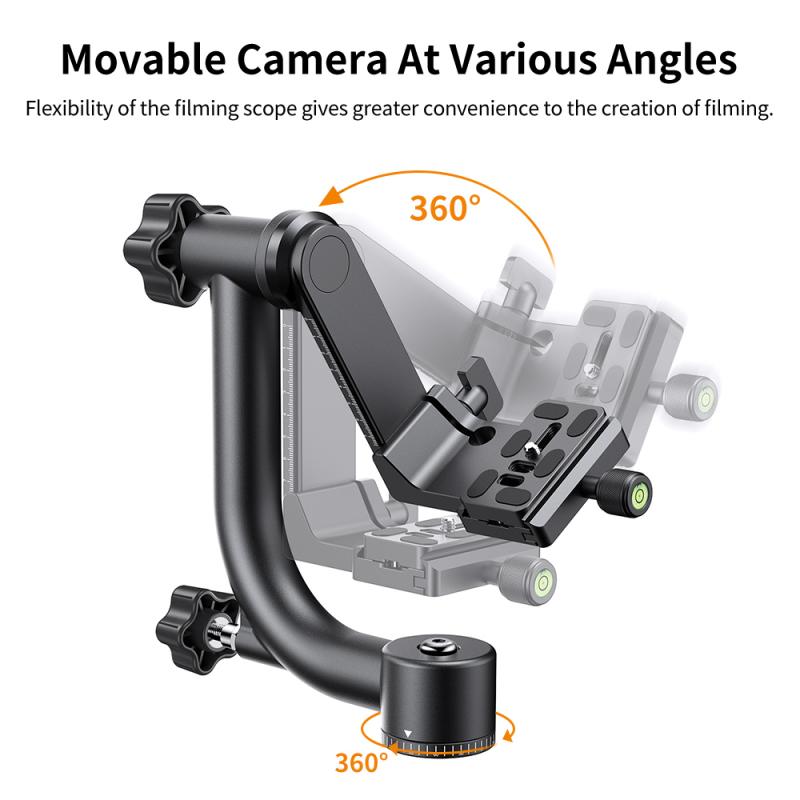
2、 Compatibility: Gimbals suitable for specific cameras or smartphones.
Which gimbal should I buy? Compatibility is a crucial factor to consider when choosing a gimbal. Gimbals are designed to be suitable for specific cameras or smartphones, ensuring a secure and stable fit.
For cameras, popular options include gimbals compatible with DSLRs, mirrorless cameras, and action cameras. These gimbals often come with adjustable mounting plates or adapters to accommodate different camera sizes and weights. It is essential to check the maximum payload capacity of the gimbal to ensure it can support your camera's weight.
When it comes to smartphones, gimbals are designed to fit various models and sizes. Most gimbals have adjustable clamps or holders that can securely hold smartphones of different widths. Some gimbals even offer additional features like object tracking and face recognition, enhancing the overall shooting experience.
It is worth noting that compatibility can also extend to the software side. Some gimbals have dedicated apps that offer additional features and customization options. These apps may be compatible with specific camera models or smartphone operating systems, so it is essential to check if the gimbal you are considering is compatible with your device.
As for the latest point of view, the market for gimbals is constantly evolving, with new models being released regularly. It is advisable to research and read reviews to stay updated on the latest options available. Additionally, considering factors like build quality, battery life, and stabilization performance can help you make an informed decision.
In conclusion, when deciding which gimbal to buy, compatibility with your camera or smartphone is crucial. Ensure that the gimbal you choose can securely hold and support your device, and consider additional features and software compatibility for an enhanced shooting experience.

3、 Payload Capacity: Gimbals categorized by the weight they can support.
Which gimbal should I buy? Well, the answer to that question depends on several factors, with one of the most important being the payload capacity of the gimbal. Gimbals are categorized by the weight they can support, so it's crucial to consider the weight of your camera or other equipment before making a decision.
If you have a lightweight camera or smartphone, you may not need a gimbal with a high payload capacity. There are plenty of affordable options available that can handle smaller loads. However, if you have a heavier camera or plan to use additional accessories such as external microphones or lights, you'll need a gimbal with a higher payload capacity.
It's worth noting that the technology in gimbals is constantly evolving, and newer models are being released with higher payload capacities. So, it's always a good idea to check for the latest options on the market. Additionally, consider the future growth of your equipment. If you anticipate upgrading to a heavier camera or adding more accessories in the near future, it might be wise to invest in a gimbal with a higher payload capacity to future-proof your setup.
Ultimately, the best gimbal for you will depend on your specific needs and budget. Research different models, read reviews, and compare their payload capacities to find the one that suits your requirements.
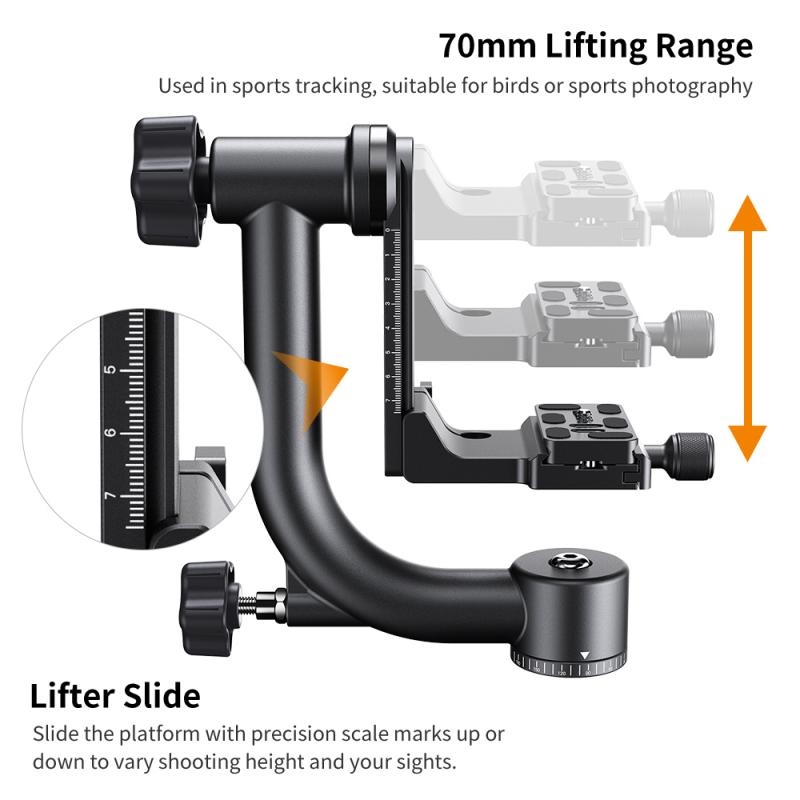
4、 Stabilization Modes: Different modes for various shooting scenarios (e.g., follow, lock).
Which gimbal should I buy? Well, one important factor to consider is the stabilization modes offered by the gimbal. Different modes for various shooting scenarios can greatly enhance your filming experience and the overall quality of your footage.
Stabilization modes are designed to provide smooth and steady footage by compensating for any unwanted camera movements. One common mode is the follow mode, which allows the gimbal to smoothly follow the movement of the subject. This is particularly useful for capturing action shots or when you need to track a moving subject.
Another popular mode is the lock mode, which keeps the camera locked in a specific position regardless of how you move the gimbal. This is great for capturing stable shots while walking or running, as it eliminates any unwanted camera movements.
Some gimbals also offer additional modes such as pan follow, tilt follow, and POV (point of view) mode. These modes provide even more flexibility and control over your shots, allowing you to capture unique perspectives and creative angles.
When choosing a gimbal, it's important to consider the specific shooting scenarios you'll be using it for. If you primarily shoot action or sports footage, a gimbal with advanced follow modes might be the best choice. On the other hand, if you often shoot on the move or in dynamic environments, a gimbal with lock mode and other stabilization features would be more suitable.
It's also worth noting that the latest gimbals on the market are constantly evolving and improving their stabilization modes. So, it's a good idea to do some research and read reviews to find out which gimbals offer the most advanced and effective stabilization modes for your specific needs.
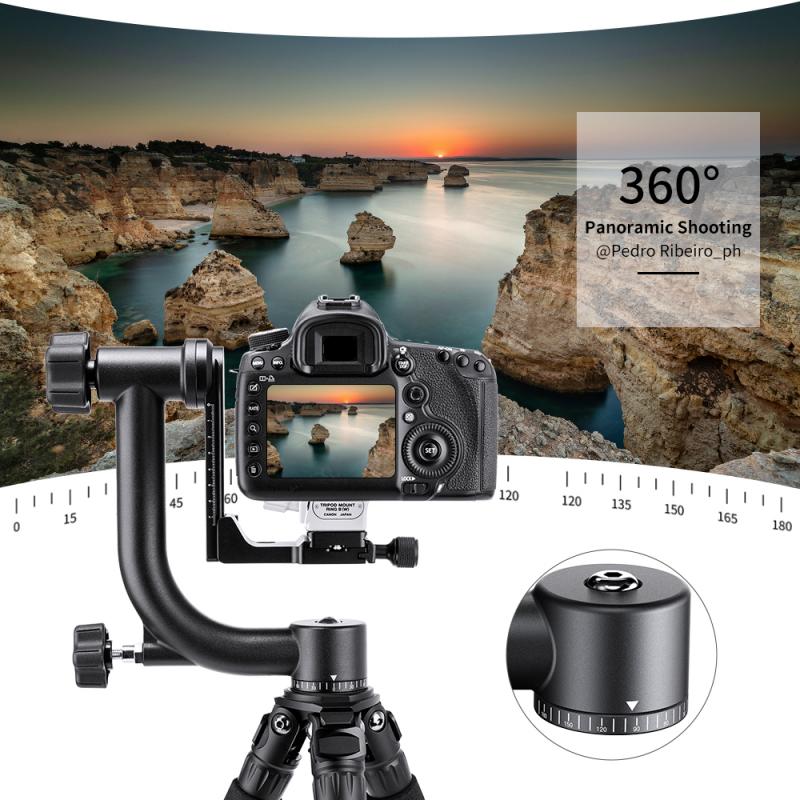

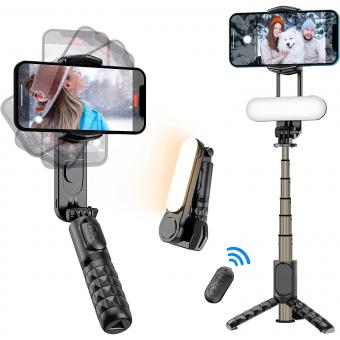
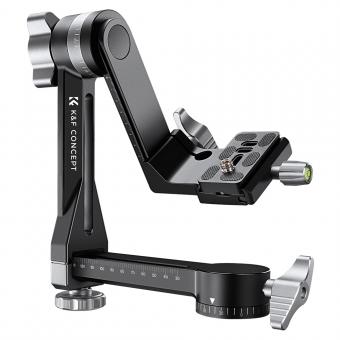
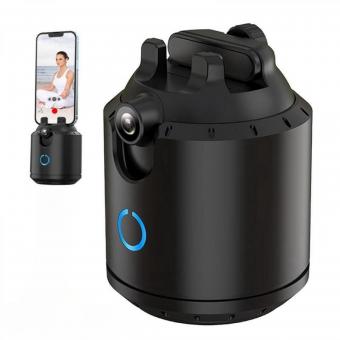
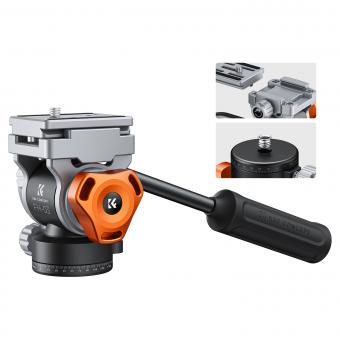
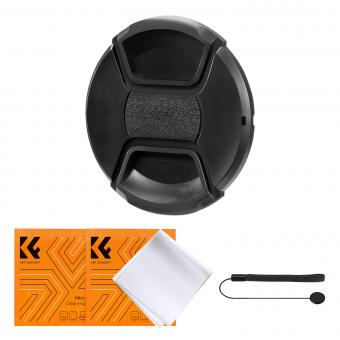
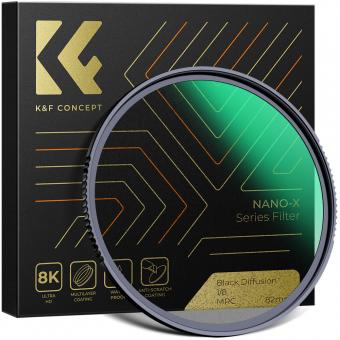
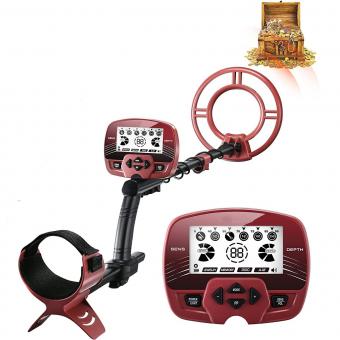
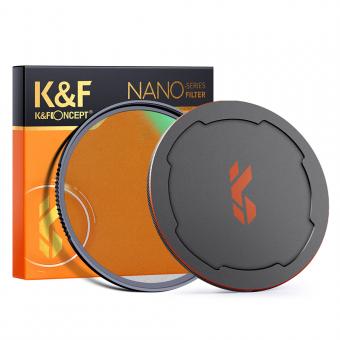
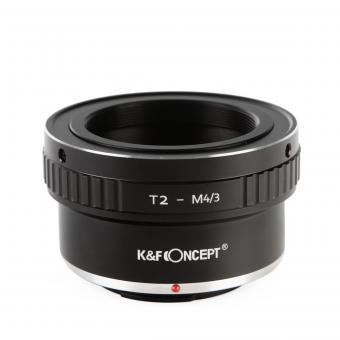
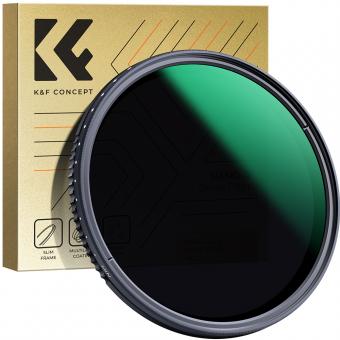
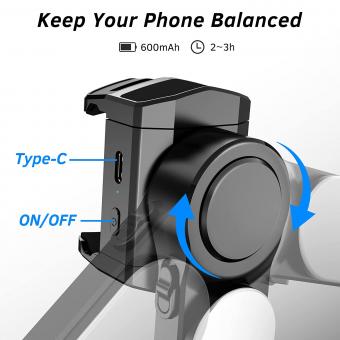

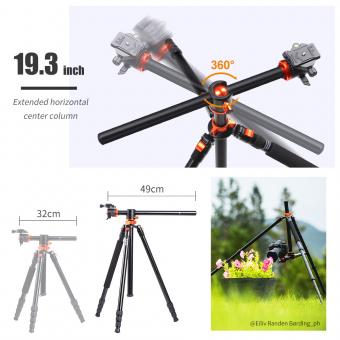

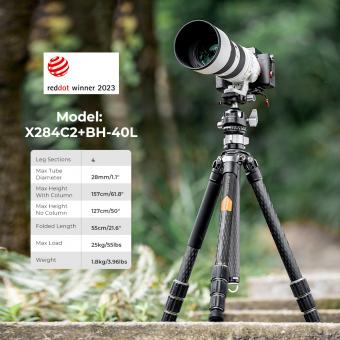
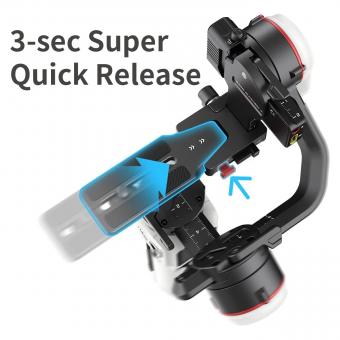
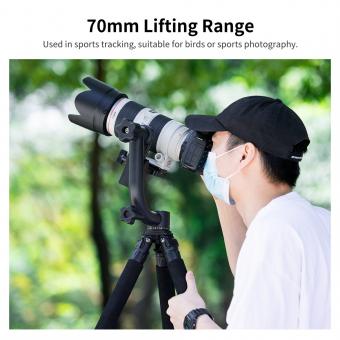





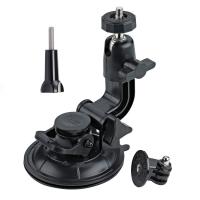
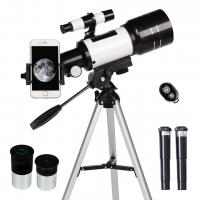

-200x200.jpg)

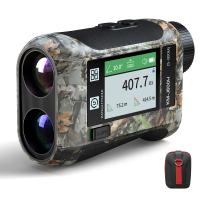
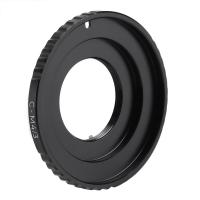

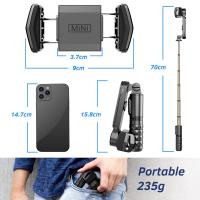
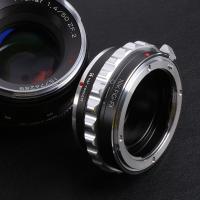



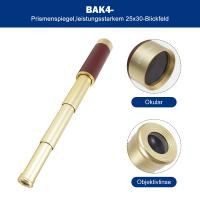

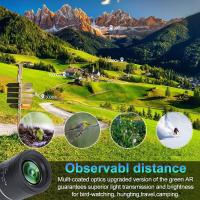
There are no comments for this blog.